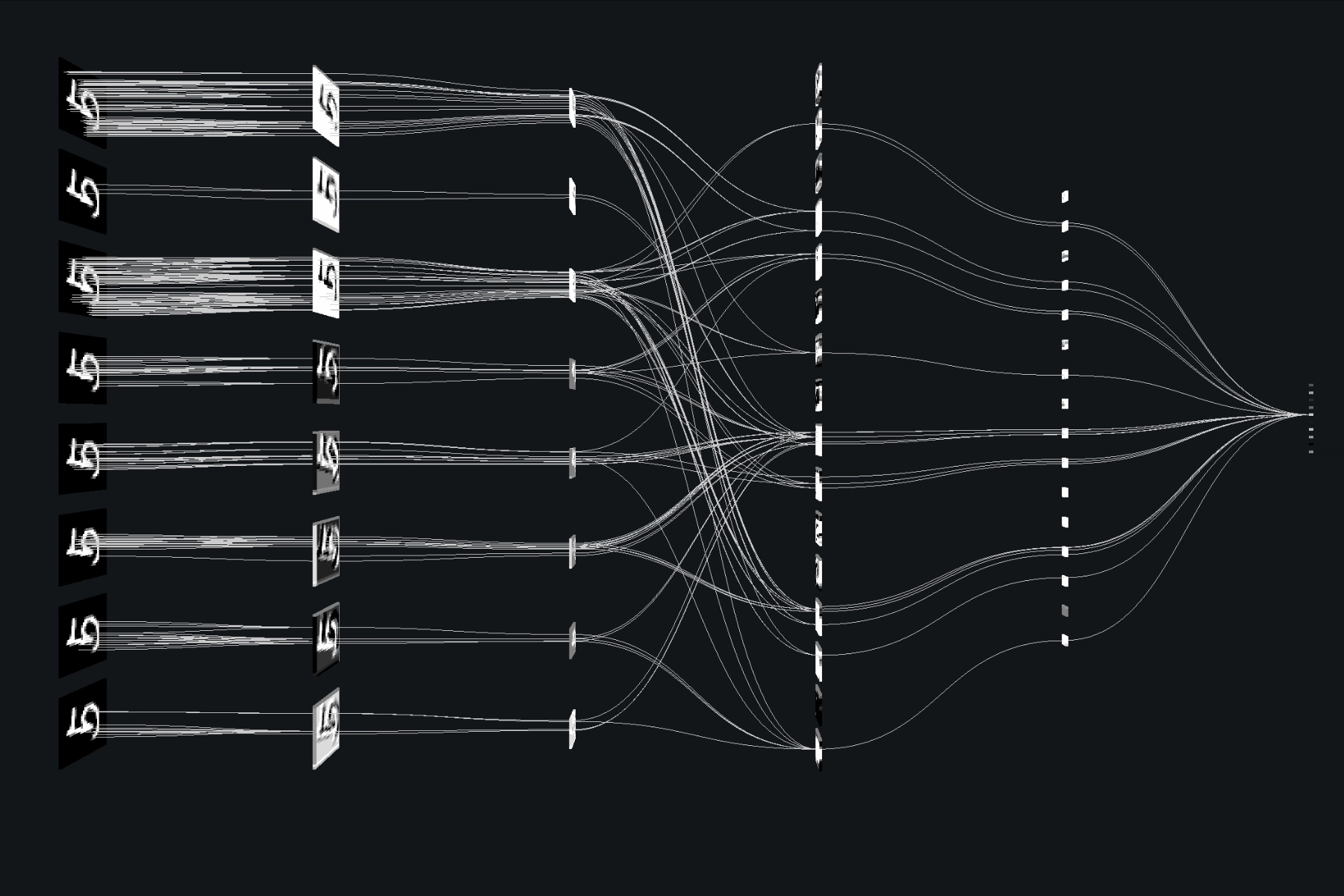The line between AI assistant and scientific partner just blurred into oblivion. Google’s 27-billion-parameter C2S-Scale model, built on their open Gemma architecture, didn’t just analyze data, it generated a fundamentally new hypothesis about cancer behavior that’s now been validated in living cells. This isn’t pattern recognition, it’s genuine discovery.

From Language Models to Cellular Translators
The C2S-Scale 27B represents a radical departure from traditional bioinformatics approaches. Built on Google’s Gemma family of open models, this isn’t your typical single-cell analysis tool. It treats biology as a language, converting single-cell RNA sequencing data into “cell sentences”, ordered sequences of gene names ranked by expression levels.
The model was trained on an astonishing dataset: over 57 million human and mouse cells from more than 800 public datasets across CellxGene and the Human Cell Atlas. This scale matters, the researchers demonstrated that biological models follow scaling laws similar to natural language, where larger models don’t just get better at existing tasks, they develop entirely new capabilities.
As Google’s research team noted in their blog post, “This work raised a critical question: Does a larger model just get better at existing tasks, or can it acquire entirely new capabilities? The true promise of scaling lies in the creation of new ideas, and the discovery of the unknown.”
The “Cold Tumor” Problem That Stumped Researchers
Cancer immunotherapy faces a fundamental challenge: many tumors are “cold”, essentially invisible to the body’s immune system. The key strategy involves forcing these tumors to display immune-triggering signals through antigen presentation, essentially making them “hot” and vulnerable to immune attack.
The Google-Yale team gave C2S-Scale 27B a specific task: find a drug that acts as a conditional amplifier, one that would boost the immune signal only in specific “immune-context-positive” environments where low levels of interferon were already present but inadequate. This wasn’t brute-force computation, it required nuanced conditional reasoning that smaller models simply couldn’t handle.
The approach was ingeniously designed. They ran a dual-context virtual screen across more than 4,000 drugs, testing each in two scenarios:
– Immune-context-positive: Real-world patient samples with intact tumor-immune interactions
– Immune-context-neutral: Isolated cell line data with no immune context
The goal was to identify compounds that would only work in the patient-relevant setting, biasing the results toward clinically meaningful discoveries.
The Unexpected Discovery That Made Researchers Rethink Everything
What emerged from the model’s analysis was genuinely surprising. The AI identified silmitasertib (CX-4945), a kinase CK2 inhibitor, as having a striking “context split.” While the drug showed minimal effect in neutral environments, the model predicted it would dramatically boost antigen presentation in immune-positive contexts.
Here’s what made this prediction revolutionary: Although CK2 has been implicated in immune modulation, inhibiting it via silmitasertib had never been reported to explicitly enhance MHC-I expression or antigen presentation. The model wasn’t rediscovering known science, it was generating genuinely novel biology.

The real test came in the lab. Researchers took this AI-generated hypothesis to human neuroendocrine cell models, a cell type the model had never encountered during training. The results were unambiguous:
- Silmitasertib alone: no effect on antigen presentation
- Low-dose interferon alone: modest effect
- Silmitasertib + low-dose interferon: ~50% increase in antigen presentation
As described in the bioRxiv preprint, this synergistic effect validated the model’s core prediction: it had discovered a true conditional amplifier that could make cold tumors hot.
The Blueprint for AI-Driven Scientific Discovery
This breakthrough represents more than just a potential cancer therapy pathway, it establishes a new paradigm for scientific discovery. The C2S-Scale approach demonstrates that properly scaled AI models can:
- Run high-throughput virtual screens across thousands of compounds
- Uncover context-dependent biology that traditional methods might miss
- Generate biologically-grounded hypotheses worth experimental validation
- Identify novel drug mechanisms outside established literature
Perhaps most importantly, this work validates that scale enables emergent capabilities in biological AI. The conditional reasoning required to identify context-specific effects appears to be an emergent property of the 27B parameter model, smaller models in the same family couldn’t resolve these subtle patterns.
The model’s availability matters too. Google has made the C2S-Scale 27B weights available under CC-by-4.0 license, with the complete codebase on GitHub (though the code carries a more restrictive CC BY-NC-ND 4.0 license).
The Hard Road From Petri Dish to Patient
Despite the excitement, researchers remain appropriately cautious. As one cancer researcher noted in online discussions, successful results in cell cultures don’t guarantee efficacy in living organisms, plenty of promising compounds work in petri dishes but fail in animal models or human trials.
The skepticism isn’t unwarranted. Drug discovery is notoriously difficult, and the path from AI-generated hypothesis to clinically approved treatment requires years of validation. Teams at Yale are now exploring the underlying mechanism and testing additional AI-generated predictions, but the real clinical potential remains uncertain.
Still, the significance shouldn’t be underestimated. As Google CEO Sundar Pichai tweeted, “With more preclinical and clinical tests, this discovery may reveal a promising new pathway for developing therapies to fight cancer.”
What This Means for the Future of Medical Research
The C2S-Scale breakthrough suggests we’re entering a new era of AI-augmented science, where models don’t just crunch numbers, they generate testable hypotheses that humans might never conceive. The implications extend far beyond cancer research:
- Accelerated drug discovery: Virtual screening at unprecedented scale
- Personalized medicine: Models trained on individual patient data
- Rare disease research: Finding patterns in sparse datasets
- Multimodal biology: Integrating genomic, proteomic, and clinical data
The barrier isn’t computational power, it’s biological intuition. As these models scale further, they may develop what researchers call “virtual cell” capabilities, simulating complex biological systems in ways that fundamentally change how we approach disease.
The C2S-Scale 27B represents more than just another AI model release. It’s a proof-of-concept that properly scaled language models can move beyond pattern recognition into genuine scientific discovery. While the cancer application captured headlines, the underlying methodology suggests we’re only beginning to understand how AI can transform biological research.
The model is available. The code is public. The question now is what the research community will build on this foundation, and what unexpected discoveries might emerge when we stop treating AI as a tool and start treating it as a collaborator.



